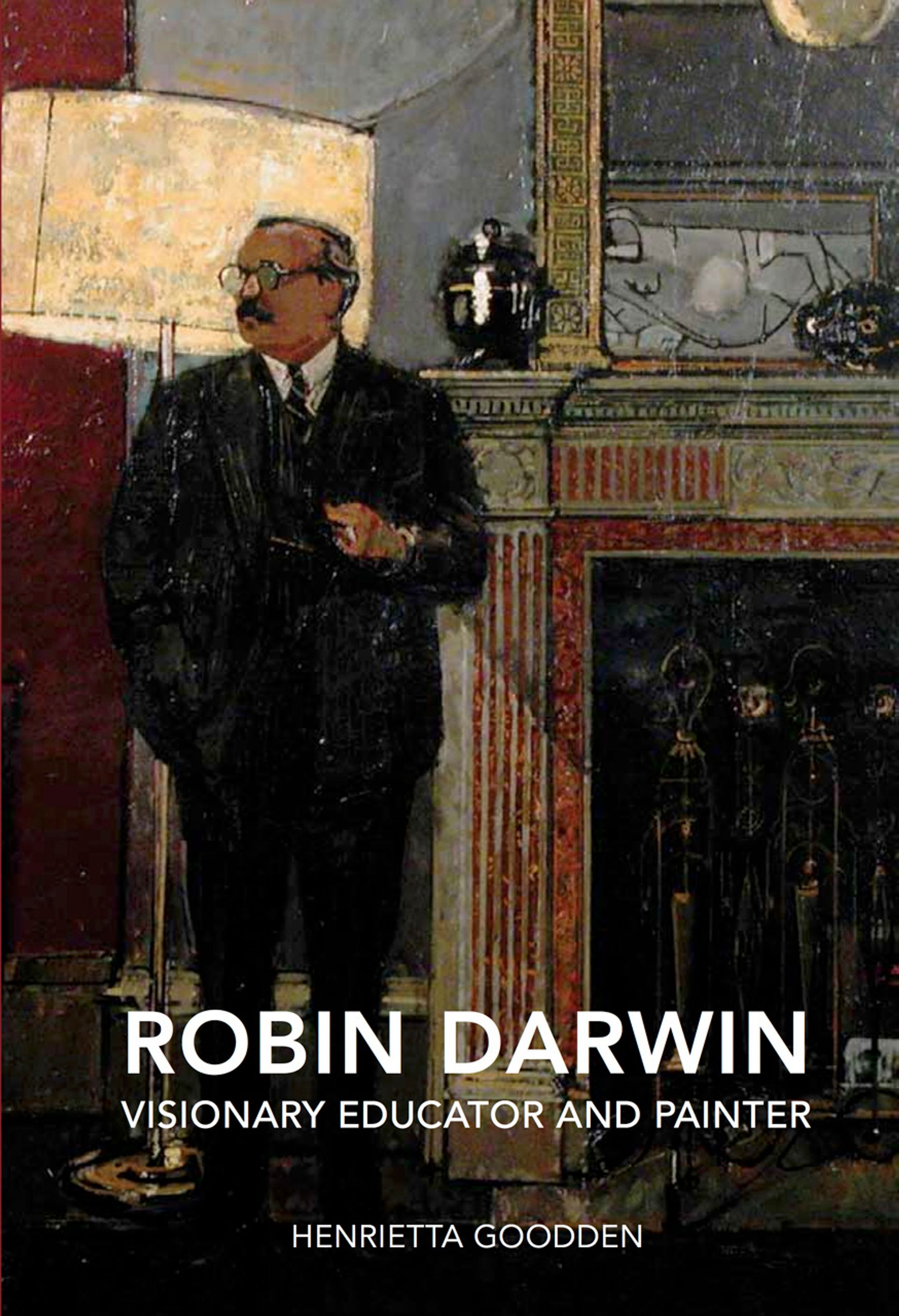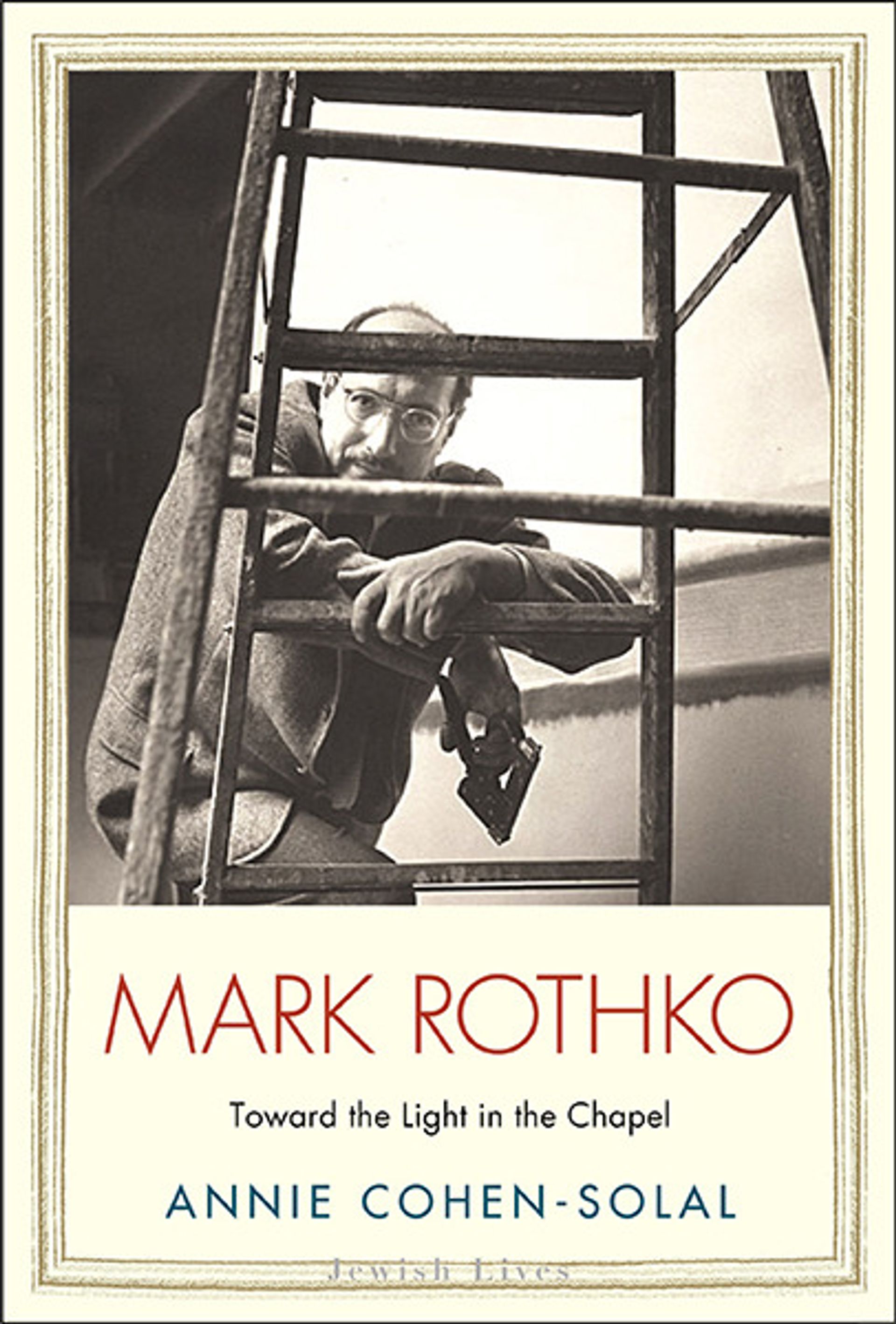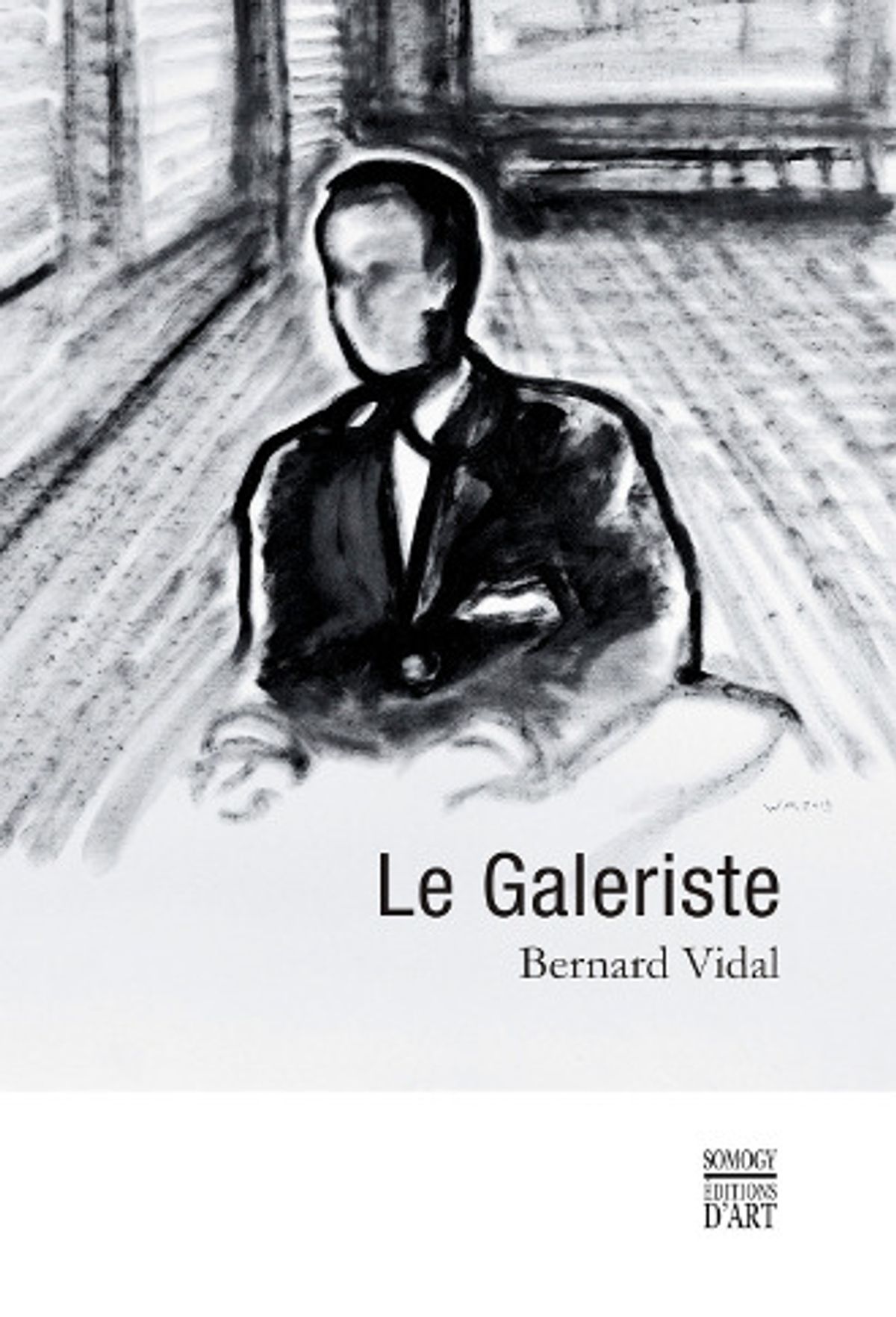Le Galeriste
Bernard Vidal
Somogy Editions d’Art, 164pp, €20 (pb); in French only
For fear of alienating clients, irritating their artists or revealing too much about the curious nature of their calling, art dealers can rarely tell all. Now, however, the Parisian gallerist, Bernard Vidal, founder of the Galerie Vidal-Saint Phalle in 1990, has come up with a slim but enticing volume that traces his 25 years of experience in the art trade.
Composed of a series of delicately drawn vignettes, the 32 chapters take the reader to art fairs, artists’ studios, collectors’ dinners, museums and into his own gallery, open to visitors of all sorts. We meet an elegant Countess who attempts to get a bigger discount on the basis that the painting “will be seen by some very good people in my drawing room”; an artist—dressed like a banker—who brings his portfolio of 52 paintings of erect penises. His wife looks on appreciatively while Vidal struggles to find something to say (“I like the format…the backgrounds are good…”). Or the “last sale” at Arco Madrid, where a client pays with banknotes hidden in her undies: “she went into my small cupboard and slipped down her skirt, giving me a glimpse of black lace…”
Charming and often poetic, the book explores the frustrations and absurdities of la comédie humaine but also the joy of finding a collector who, from time to time, really loves art.
Georgina Adam is European art-market editor-at-large of The Art Newspaper

My Avant-Garde Education: a Memoir
Bernard Cooper
W.W. Norton and Company, 256pp, £16.99, $26.95 (hb)
The Los Angeles art critic Bernard Cooper was 10 years old when he “got” Pop Art and, as a result, never saw a supermarket the same way again. He graduated from the 7-11 to the School of Visual Arts in New York and then to the fledgling CalArts where he embraced the uneasy alliance of utopian lawlessness and academia that made art colleges in the 1960s legendary. There he was taught by many of the great pioneers of American conceptualism, but do not expect any anecdotal surprises; John Baldessari is laconic, Vito Acconci is intense and Alan Kaprow, gnomic.
What Cooper does do brilliantly is convey the creeping isolation of a student forced to question his sanity within the lunacy of a radical arts education. Yet ultimately this is a memoir about how art became the author’s escape from grief and his burgeoning sexuality. From his psychopathic gym teacher Mr Rippley—“Today’s topic is ’homos’…Any questions? No? Good.”—to the tragic loss of his partner to AIDS, Cooper pastes these fragments of his life into the story of Modern art with a raw, spare poetry, like flakes of paint on adhesive tape.
Jessica Lack is an arts writer and presenter. She was the deputy editor of tate; the art magazine, and an arts writer for the Guardian and ID magazine. She recently presented a documentary on public art for BBC Radio 4 and is currently writing a book for Penguin Modern Classics

Robin Darwin: Visionary Educator and Painter
Henrietta Goodden
Unicorn Press, 222pp, £30 (hb)
For some, the jury is still out on Robin Darwin (1910-74), the artist turned administrator who gave 23 years of his life to restructuring the Royal College of Art. A volatile man, variously described as an 18th century clubman, a snob and nepotist, a bullying tyrant, ‘a pressure-cooker in flying boots’ (in the Second World War), he was said to possess a voice like ‘an inflammable colonel of marines’.
Darwin certainly got things done. Christopher Frayling, one of his distinguished successors as the rector of the College, points out in the book’s introduction that Darwin’s reforms, ‘suitably modified, adapted, revitalised’, have lasted 60 years—which he calls ‘the longest continuous experiment in the history of art and design education, anywhere’. This is no mean achievement, and if it came at the cost of neglecting his own art, Darwin was prepared to pay the price. (He was a good landscape painter, and deserves a show to remind us of the fact.)
This affectionate, informative, celebratory book is generously illustrated and a pleasure to read. Refreshingly, the biographer seems actually to like and admire her subject, and her advocacy is quietly compelling.
Andrew Lambirth is a freelance writer, critic and curator. He was the art critic of the Spectator from 2002 to 2014 and his reviews have been collected in book form as A is a Critic (Unicorn). His latest monograph, on the landscape painter Patrick George (Sansom & Co), was published last year, and he is currently completing an in-depth study of the pioneering Scottish abstract painter and member of CoBrA, William Gear, whose centenary falls in 2015

Mark Rothko: Towards the Light in the Chapel
Annie Cohen-Solal
Yale University Press, 296pp, £18.99 (hb)
Mark Rothko is already the subject of a heavyweight biography by James E.B. Breslin published in 1993, not to mention Dore Ashton’s insightful account of both the art and the artist written a decade before. The present book is therefore immediately saddled with stiff competition.
In the circumstances, although Cohen-Solal has written an engaging enough study, it adds little that is new on either the art historical or documentary levels, while merely giving a somewhat more ‘Jewish’ twist to its material. This approach doubtless reflects the fact that the book belongs to Yale’s series ‘Jewish Lives.’ But such a platform itself may give pause for thought. Unless one subscribes to an essentialist view of human identity, what do figures as diverse as Jesus, Walter Rathenau and the Warner Brothers (to cite titles current and future in the series) have in common? Perhaps this grounding explains why the author preposterously terms Milton Avery ‘pure-blooded.’ Cohen-Solal’s subtitle seems equally open to question. Apart from being teleological, the Rothko Chapel is supremely a paean to darkness, not light.
Given such shortcomings, what we most need now is a ‘Rothko’ whose achievement is freed from both biographical vagaries and the excesses of posthumous fame.
David Anfam is the senior consulting curator of the Clyfford Still Museum, Denver, and director of its research centre


